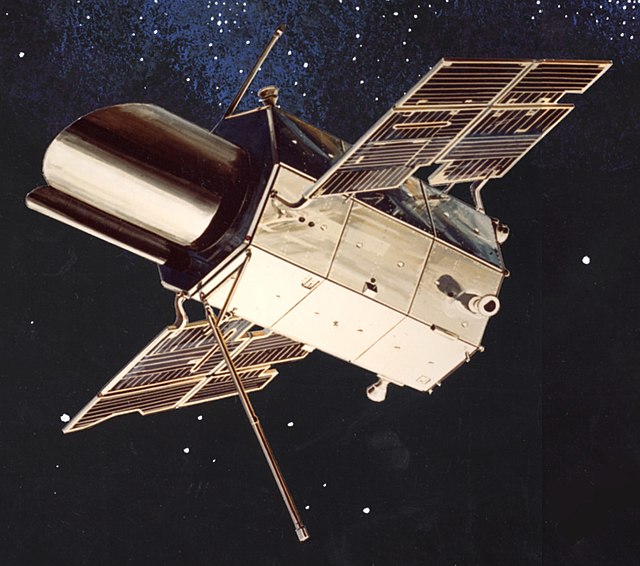NASA, on August 21, 1972, launched the Copernicus space telescope which, according to the agency, was the heaviest and most complex observatory of the time.
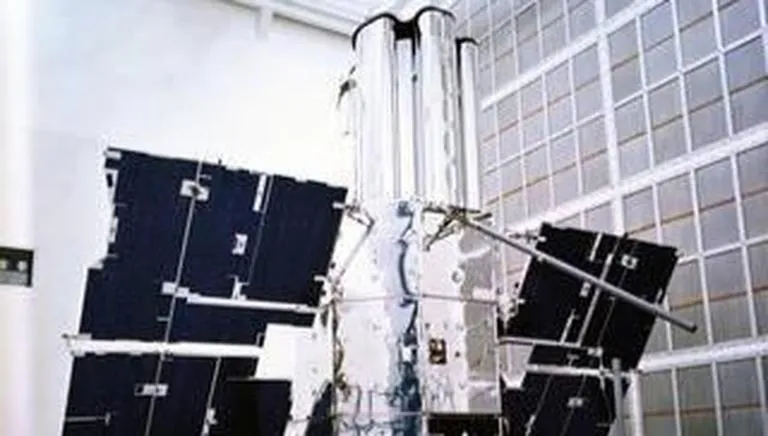
At 3:58 pm IST on August 21, 1972, NASA launched the heaviest and most complex space telescope of its time– the Copernicus space telescope. Named after Polish astronomer Nicolaus Copernicus, who first presented the theory of the Sun being at the center of the solar system instead of the Earth, the Copernicus satellite was fitted with an ultraviolet telescope which made it NASA’s first dedicated multiwavelength observatory.
Achievements of the Copernicus space telescope
NASA says that the Copernicus telescope paved the way for Neil Gehrels Swift Observatory which now observes the universe in different wavelengths of light such as visible, Ultraviolet (UV), and X-ray. Fitted with a 32-inch (0.8-meter) mirror, the Copernicus telescope captured UV light and produced a treasure trove of information about interstellar gas and the ionized outflows of hot stars.
“Copernicus helped us learn about Zeta Ophiuchi, a star dimmed by a thick interstellar cloud, as well as superslow pulsars like X Persei, which rotates every 14 minutes, incredibly sluggish compared to typical spinning neutron stars”, NASA said in a statement. This star is known to be partly veiled by an interstellar cloud but Copernicus helped the astronomers confirm that most of the star’s interstellar gas comes in the form of molecular hydrogen.
The Copernicus telescope, during an X-ray experiment, also discovered several long-period pulsars, which are actually spinning neutron stars. According to NASA, pulsars spin at tens to thousands of times a second and throw a beam of radiation in our direction with every rotation. However, the discovery made by Copernicus of a long-period pulsar named X Persei revealed that it oddly took 14 minutes to complete one spin.
Astronomers also conducted long-term monitoring of pulsars and other bright sources and observed an explosion named Nova Cygni 1975 on a white dwarf star in a close binary system. “The (X-ray) experiment discovered curious dips in X-ray absorption at Cygnus X-1, likely caused by cool, dense clumps in the gas flowing away from the star”, NASA said in a statement. “And the satellite recorded varying X-rays from the black-hole-powered galaxy Centaurus A, located about 12 million light-years away”.
Notably, the telescope was active for roughly nine years before it retired in 1981. While it still inertly orbits the Earth, the telescope observed around 450 unique objects during its lifetime.
Recent Posts
- Astronomers detect first direct image of black hole expelling a powerful jet
- WhatsApp rolling out ‘reply with message’ feature within call notifications
- Multi-Device Pairing May Be Arriving for Apple Watch this Year
- Artificial Intelligence Discovers Hidden Giant, a Planet 5 Times Larger Than Jupiter
- Google CEO Sundar Pichai Talks Bard & The Future Of Search
Recent Comments
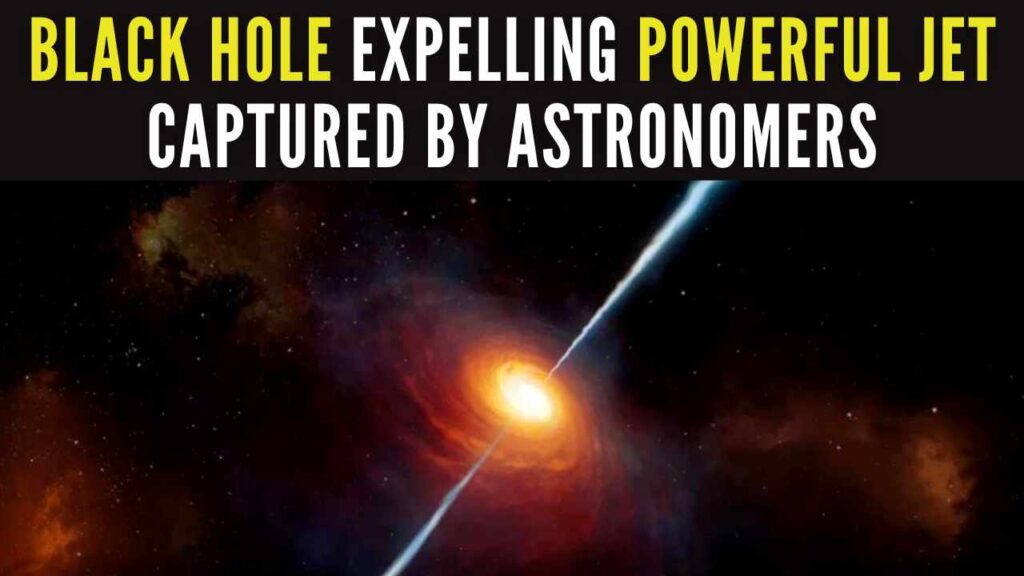
Astronomers detect first direct image of black hole expelling a powerful jet
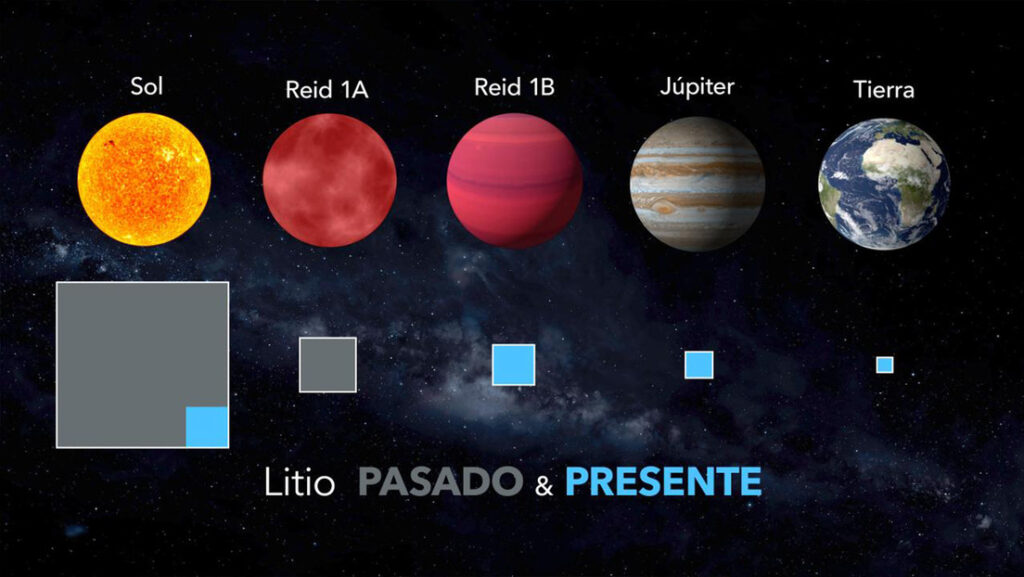
Artificial Intelligence Discovers Hidden Giant, a Planet 5 Times Larger Than Jupiter

Scientists explain melting of Antarctic ice sheet dating back 9,000 years
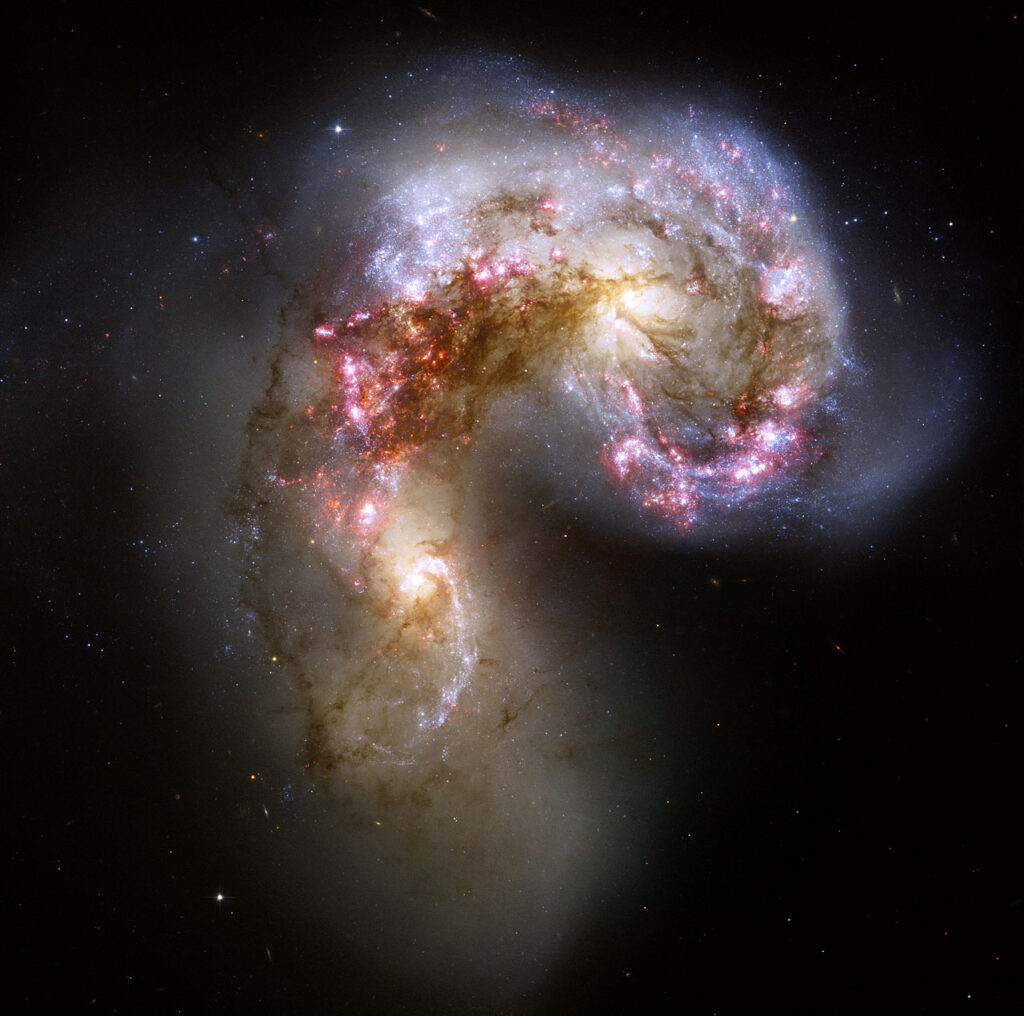
An Unexpected Discovery: Hubble, ESA's Gaia Spot Double Quasar That Existed Over 10 Billion Years Ago

Astronomers detect first direct image of black hole expelling a powerful jet

WhatsApp rolling out ‘reply with message’ feature within call notifications

Multi-Device Pairing May Be Arriving for Apple Watch this Year


